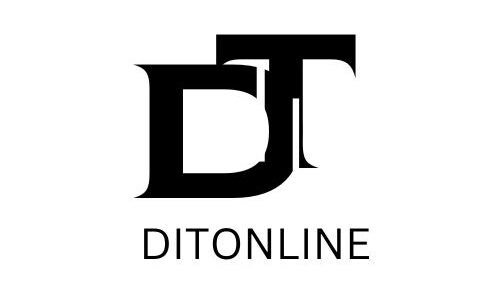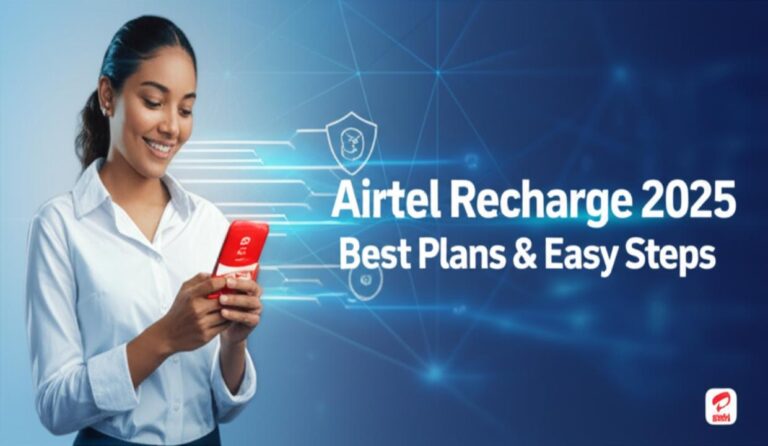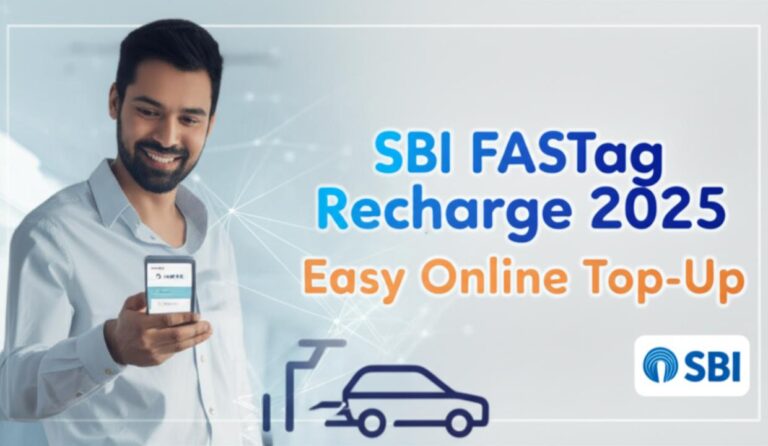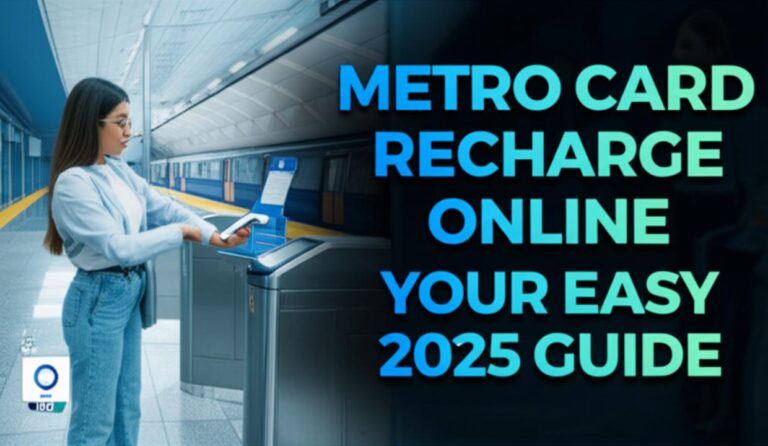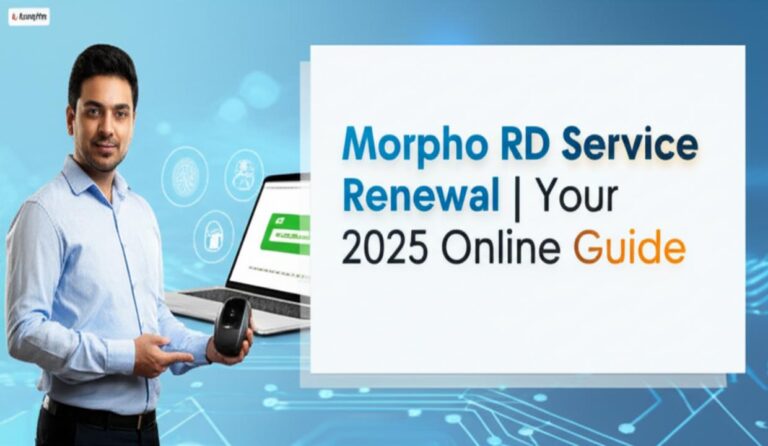Online Mobile Recharge 2025: Ultimate Guide to Quick & Secure Digital Top-Ups
Hello! Welcome to ditonline, your trusted source for digital recharge and tech updates.
In our increasingly connected world, staying powered up and online is no longer a luxury but a fundamental necessity. From instant messages to video calls, from work emails to streaming entertainment, our mobile devices are at the heart of our daily interactions. This reliance has made the simple act of topping up your phone or paying a bill a critical task. Gone are the days of frantically searching for a physical store or scratch cards. Today, thanks to the revolutionary convenience of online mobile recharge, managing your digital services is literally at your fingertips. As we navigate 2025, this digital transformation continues to redefine how we keep our devices and homes connected, offering speed, security, and unparalleled ease.
Here’s a quick overview of the diverse categories of digital recharge services that streamline our lives:
| Recharge Category | Description | Market Data (where available) |
|---|---|---|
| Mobile Recharge | Top-up for prepaid mobile connections or bill payment for postpaid plans. | Global online mobile recharge market: ~USD 150 billion in 2025, growing at ~15% CAGR (2025-2033). |
| DTH Recharge | Recharge for Direct-to-Home television services, ensuring uninterrupted entertainment. | Not available |
| Data Card Recharge | Adding data to portable internet devices or dongles for on-the-go connectivity. | Not available |
| Electricity Bill Payment | Paying utility bills for electricity, often available through integrated platforms. | Not available |
| Broadband Bill Payment | Settling bills for home or office internet services, ensuring constant online access. | Not available |
The Unstoppable Rise of Online Recharge: A Digital Revolution
The landscape of telecommunications and digital payments is experiencing an unprecedented shift, largely driven by the pervasive adoption of smartphones and widespread internet access. The global online mobile recharge platform market is on a trajectory of robust growth, projected to hit an impressive approximate value of USD 150 billion in 2025. This expansion isn’t just a fleeting trend; it’s anticipated to continue with a strong Compound Annual Growth Rate (CAGR) of about 15% through to 2033. This signifies that more and more people are turning to digital solutions for their top-up needs, moving away from traditional methods. This surge is fundamentally fueled by our collective embrace of mobile technology and the ever-increasing desire for seamless, instant services that fit into our busy modern lives. The convenience offered by these platforms is truly transforming everyday transactions.
The Power of Digital Convenience
At the core of this digital revolution is the overwhelming appeal of convenience. Imagine running low on talk time or data in the middle of an important conversation or while waiting for an urgent email. With online mobile recharge, those moments of panic are largely a thing of the past. Users can now instantly top up their phones, pay utility bills, or manage their DTH subscriptions from anywhere, at any time, using just their smartphone or computer. This instant access removes the need to locate a physical store or queue up, saving precious time and effort. Furthermore, the integration of these platforms with popular mobile wallets and various digital banking options ensures transactions are not only quick but also entirely cashless, aligning perfectly with the global push towards a digital economy and making financial management easier for everyone. This shift significantly enhances user experience.
Global Reach: Emerging Markets Lead the Charge
While digital payments are commonplace in developed nations, the growth narrative for online mobile recharge is particularly compelling in emerging economies. Countries across the Asia Pacific region and Africa are witnessing soaring adoption rates. This trend is a direct result of several factors: rapidly increasing mobile phone penetration, ambitious financial inclusion initiatives, and a strong preference for prepaid and ‘pay-as-you-go’ mobile models. In these regions, where traditional banking infrastructure might be less developed, mobile phones often serve as primary access points for digital financial services. Online recharge platforms, therefore, play a crucial role in empowering individuals by providing easy access to essential services and fostering greater economic participation. They bridge gaps, connecting users to vital services they might otherwise struggle to access.
How Online Recharge Works: A Seamless Digital Experience
Understanding the mechanics behind digital mobile top-up reveals a sophisticated yet user-friendly process. For the end-user, it’s typically straightforward: open an app or website, select your service provider, enter your number or account details, choose your desired plan or amount, and complete the payment. The magic, however, happens behind the scenes, orchestrated by advanced technology and intricate integrations. When you initiate a recharge, your chosen platform sends a request to a specialized API (Application Programming Interface). This API then communicates with your telecom operator or service provider, facilitating the transaction and ensuring your account is updated almost instantaneously. This entire process is designed for speed and reliability, ensuring that whether you’re topping up your own phone or recharging for a family member, the service is delivered quickly and accurately, keeping you connected without interruption. It simplifies complex operations into a few taps.
Behind the Scenes: The Power of API Integration
The efficiency and versatility of online recharge platforms largely depend on robust API integration. The master recharge API market, which forms the backbone of these services, is also experiencing substantial growth, estimated at USD 14.8 billion in 2025 and projected to reach USD 22.4 billion by 2035. These APIs are critical because they enable platforms to connect with a multitude of service providers – not just for mobile top-ups, but also for DTH, utility payments, and other digital services. This extensibility means a single app can become a comprehensive hub for all your digital payment needs, significantly expanding its utility and boosting user engagement. Innovations in API technology, coupled with collaborations with global payment leaders like Mastercard’s Pay Local service, are constantly improving payment acceptance globally, making it easier than ever for users to complete transactions securely and efficiently from any corner of the world. This backend innovation drives frontend convenience.
Popular Platforms for Your Digital Top-Up Needs
The competitive landscape of the online mobile recharge market is vibrant and dynamic, dominated by well-established tech giants and innovative fintech startups. Players like Paytm, PhonePe, and Amazon have leveraged their existing extensive ecosystems – ranging from e-commerce to digital payments – to carve out significant market shares. These platforms offer more than just mobile top-ups; they provide a comprehensive suite of digital financial services, making them one-stop solutions for millions of users. The competition drives constant innovation, leading to enhanced user interfaces, faster transaction speeds, and a wider array of payment options. This fierce rivalry ultimately benefits the consumer, as companies strive to offer the most convenient, secure, and feature-rich experiences to attract and retain their user base, continually pushing the boundaries of what’s possible in digital payments. Their established brand trust and widespread usage make them attractive choices for consumers.
Choosing the Best Mobile Recharge Apps in 2025
When looking for the best mobile recharge apps in 2025, users prioritize a blend of reliability, security, and a broad range of services. Key features that differentiate top platforms include intuitive design, multiple payment gateways (allowing credit/debit cards, net banking, UPI, and mobile wallets), and often, attractive cashback offers or loyalty programs. For instance, global payment companies are actively participating in this space; Mastercard’s 2024 launch of its Pay Local service exemplifies how major financial institutions are integrating with local digital wallets worldwide to broaden payment access. This global integration not only simplifies cross-border transactions but also enhances the overall reliability and security for users recharging from different countries. The best apps today are those that offer seamless integration with a user’s digital lifestyle, making every top-up effortless and rewarding. They become indispensable tools for managing digital expenses efficiently.
Ensuring Your Security During Online Recharges
In the digital age, the convenience of online mobile recharge must always be balanced with robust security measures. As transactions move online, the platforms facilitating these services have invested heavily in cutting-edge security technologies to protect user data and financial information. Protecting your personal and financial details during a digital mobile top-up is paramount, and leading platforms employ a multi-layered approach to security. This includes rigorous data encryption, ensuring that all information transmitted between your device and their servers is scrambled and unreadable to unauthorized parties. Furthermore, the implementation of multi-factor authentication (MFA) adds an extra layer of defense, typically requiring a second verification step, like a one-time password (OTP) sent to your mobile, beyond just your login credentials. This comprehensive approach builds user trust and makes digital transactions significantly safer.
Protecting Your Digital Transactions
Beyond encryption and MFA, advanced fraud detection algorithms are constantly at work, monitoring transactions for any suspicious activity. These systems can identify unusual patterns or potentially fraudulent attempts in real-time, flagging them for review or blocking them outright. This proactive stance significantly reduces the risk of unauthorized access or financial loss. Moreover, when you opt for cashless and card-based recharge options linked to trusted mobile wallets or bank accounts, you often benefit from the additional security protocols of those financial institutions. These measures collectively offer faster processing and a reduced risk of fraud compared to older methods. By integrating with secure payment gateways and adhering to international security standards, these platforms strive to provide a worry-free experience, allowing you to focus on staying connected rather than worrying about the safety of your transactions. Your digital well-being is a top priority.
Benefits and Limitations of Online Recharge
The shift to online mobile recharge has brought about numerous advantages, fundamentally changing how we manage our digital services. The sheer convenience of topping up from home, work, or while traveling is unparalleled. However, like any technology, it also comes with its own set of limitations. Understanding both the pros and cons helps users make informed decisions and appreciate the evolving landscape of digital payments. For instance, the ability to instantly check balance, review transaction history, and access exclusive online-only offers are significant benefits that traditional methods simply cannot match. On the other hand, a sudden internet outage can be a frustrating roadblock when you desperately need to top up. Therefore, a balanced perspective is essential for leveraging this technology effectively in your daily life. It’s about weighing the immense convenience against potential technical hurdles.
| Pros | Cons |
|---|---|
| Convenience: Recharge anytime, anywhere without visiting a store. | Internet Dependency: Recharge fails without a stable connection. |
| Speed: Instant top-ups ensure uninterrupted service. | Technical Glitches: Occasional platform errors can delay transactions. |
| Security: Advanced encryption and multi-factor authentication protect transactions. | Data Security Risks: Though minimal, online platforms always carry some data breach risk. |
| Offers & Rewards: Access to cashback, discounts, and loyalty points. | Digital Divide: Not accessible to those without smartphones or internet access. |
| Tracking & History: Easy access to past transaction details for budgeting. | Input Errors: Entering an incorrect number can lead to irretrievable loss of funds. |
| Multiple Services: One platform often manages mobile, DTH, utility payments. | Payment Gateway Issues: Sometimes specific payment methods may not work. |
The Future of Digital Top-Ups: Beyond 2025
Looking ahead, the evolution of online mobile recharge is far from complete. The market is poised for continued innovation, driven by user demand for even greater seamlessness and diversification of services. Expect to see further advancements in AI and machine learning for personalized offers, predictive recharges (topping up automatically when your balance is low), and even more intuitive user interfaces. The expansion into non-mobile services is a key growth area. While prepaid mobile recharge currently holds the largest market share (around 34.2% of the master recharge API market in 2025), platforms are increasingly integrating DTH recharge, electricity bill payments, gas bill payments, insurance premiums, and other online services. This strategy transforms simple recharge apps into comprehensive digital payment hubs, greatly increasing their utility and user engagement. This comprehensive approach is designed to make managing all your household bills as easy as topping up your phone.
Expanding Horizons: From Mobile to Utilities
The diversification of services offered through digital top-up platforms is a significant trend. What started as purely mobile digital mobile top-up has rapidly expanded to encompass a wide array of utility payments. Imagine being able to pay your electricity bill, gas bill, water bill, or even renew your insurance policy through the same trusted app you use for your phone recharge. This integration of diverse payment options enhances convenience exponentially, reducing the need to visit multiple websites or apps. This strategy not only increases platform utility but also deepens user engagement, making these apps indispensable tools for modern financial management. As technology advances, we can anticipate even more services being integrated, solidifying these platforms as central components of our digital lives. The goal is a truly unified payment experience, simplifying financial tasks for everyone.
Pricing & Offers: Maximizing Your Recharge Value
One of the compelling advantages of opting for online mobile recharge is the wealth of pricing options and promotional offers available. Unlike traditional physical stores, digital platforms often engage in fierce competition, which translates into benefits for the end-user. You’ll frequently find a variety of cashback deals, discount coupons, and exclusive offers tied to specific payment methods or operator plans. Many platforms also feature loyalty programs where users can earn points for every transaction, redeemable for future recharges or other services. For example, some apps might offer an additional 5% cashback when you pay using a specific digital wallet, or a flat discount on your DTH recharge during festival seasons. This competitive environment encourages providers to consistently innovate with their pricing strategies, ensuring that users not only get convenience but also the best possible value for their money. Always check the ‘offers’ section before you recharge to maximize your savings.
Availability: Recharge Anywhere, Anytime
The fundamental premise of online mobile recharge is its ubiquitous availability. Whether you are at home, commuting, at work, or even traveling internationally, as long as you have an internet connection and your device, you can perform a digital mobile top-up. This global accessibility is a cornerstone of the service’s appeal. In regions like North America and Europe, online recharge platforms are highly integrated into daily life, offering seamless service. However, their impact is particularly transformative in Asia Pacific, South America, and the Middle East & Africa. In these burgeoning markets, where digital infrastructure is rapidly expanding, online platforms provide essential services to millions who may have limited access to traditional banking or retail outlets. The widespread penetration of smartphones ensures that instant connectivity and financial transactions are accessible to a broader demographic, truly embodying the “anywhere, anytime” promise of digital services and fostering greater financial inclusion across diverse geographies.
Frequently Asked Questions About Online Recharge
How does online mobile recharge actually work?
When you perform an online mobile recharge, you select your operator and plan through a digital platform (app or website). Your payment is processed, and the platform uses secure APIs to communicate directly with your mobile operator. This triggers an instant credit of talk time or data to your account. The entire process is automated and designed for speed, typically completing within seconds, making it incredibly convenient for users to top up their phones quickly and efficiently from anywhere with an internet connection.
Why should I choose online recharge over traditional methods?
Choosing digital mobile top-up offers unparalleled convenience and security compared to traditional methods. You can recharge 24/7 from anywhere, avoiding the need to visit physical stores. Online platforms frequently provide exclusive discounts, cashback offers, and rewards not available elsewhere. Furthermore, transactions are secured with advanced encryption and multi-factor authentication, minimizing fraud risks. It also allows for easy tracking of your recharge history and efficient management of various utility payments from a single app, simplifying your financial tasks.
Are my personal details and payment information secure during an online recharge?
Yes, reputable online mobile recharge platforms prioritize user security. They employ robust measures such as end-to-end encryption for all transactions, ensuring your data is protected from unauthorized access. Multi-factor authentication (MFA) adds an extra layer of security, often requiring a password and a one-time code. Additionally, these platforms adhere to strict data protection regulations and use advanced fraud detection algorithms to monitor and prevent suspicious activities. Always ensure you are using a well-known and trusted app or website for your digital top-ups.
Can I recharge for someone else using an online platform?
Absolutely! One of the great benefits of digital mobile top-up is the ability to recharge for others. Most platforms allow you to enter any mobile number, not just your own, making it incredibly easy to top up a family member’s phone, help a friend, or even recharge for someone in another city. You just need to know their service provider and mobile number. This feature adds immense flexibility and convenience, making it a popular choice for managing multiple phone connections or assisting loved ones remotely.
Total Word Count: 1297
